Your cart is currently empty!
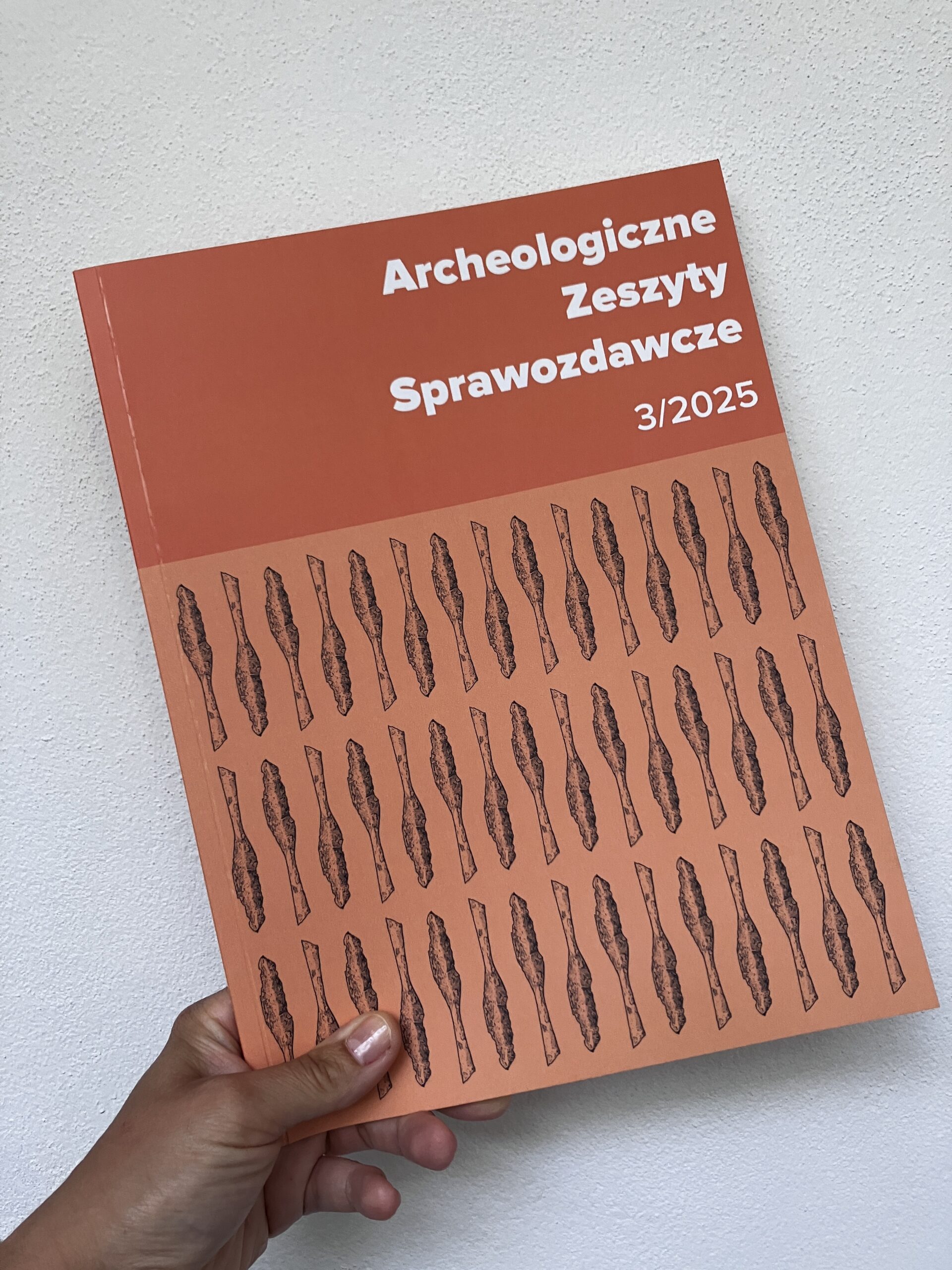
The third issue of Archeologicznych Zeszytów Sprawozdawczych
The third issue of the Archaeological Report Notebooks is now available in our store. The printing house has delivered freshly ink-scented paper copies. In this summer edition of AZS, you’ll find some fascinating articles:
Krzysztof Bratko presents the results of archaeological research conducted in Charbinowice (Świętokrzyskie Province), where a settlement of the Przeworsk culture was investigated through surface surveys in 2004 and excavations in 2006. Based on the cultural layers and features, three phases of settlement use were identified, spanning from the late pre-Roman period to the early Migration Period. Comparative analysis with nearby sites in the Nida and Nidzica river basin revealed that Charbinowice was a significant part of the local settlement microregion.
Jakub Rąpała and Michał Lis focus on numismatic finds uncovered at Wawel Castle during archaeological excavations in 2023–2024. The collection includes coins minted from the 15th to the 20th century, with early modern coins—especially the so-called “boratynki” from the reign of John II Casimir—making up the majority. The study highlights how metal detectors and modern exploration techniques have significantly increased the number of numismatic discoveries. These finds contribute to reconstructing the economic and social history of Wawel Hill.
Marcin Bohr and Aleksandra Calińska analyze an iron spearhead from the Roman period, discovered in 2015 during demining work in the Bolesławiec Forest District, in the village of Ławszowa. The artifact, dated to the Roman influence period (phases B2–C1), corresponds to type VI, variant 1 in Kaczanowski’s typology. This find is a valuable contribution to research on settlement and military presence in the underexplored region of the Lower Silesian Forests, which was a zone of cultural interaction during the Roman era.
Finally, Bartłomiej Szymon Szmoniewski, Jacek Pikulski, and Marek Trojan discuss a trapezoid-shaped pendant discovered at site 3 in Zagórzyce (Świętokrzyskie Province). Made of thin copper alloy sheet and decorated with embossed hemispherical bumps, the pendant represents a type popular in the forest zone of Eastern Europe from the late Zarubintsy culture (mid-1st century) through the 7th century (Prague and Penkovka cultures). Although such pendants remained in use until the 10th/11th century in northern parts of this zone, they are relatively rare in Poland. In the south, they are associated with early Slavic populations (Prague culture) and dated to the 6th–7th centuries.
We are accepting submissions for the upcoming special issue 4/2025 until November 10, 2025. More details coming soon.
In the meantime, we invite you to visit our store and grab a copy of AZS 3/2025!
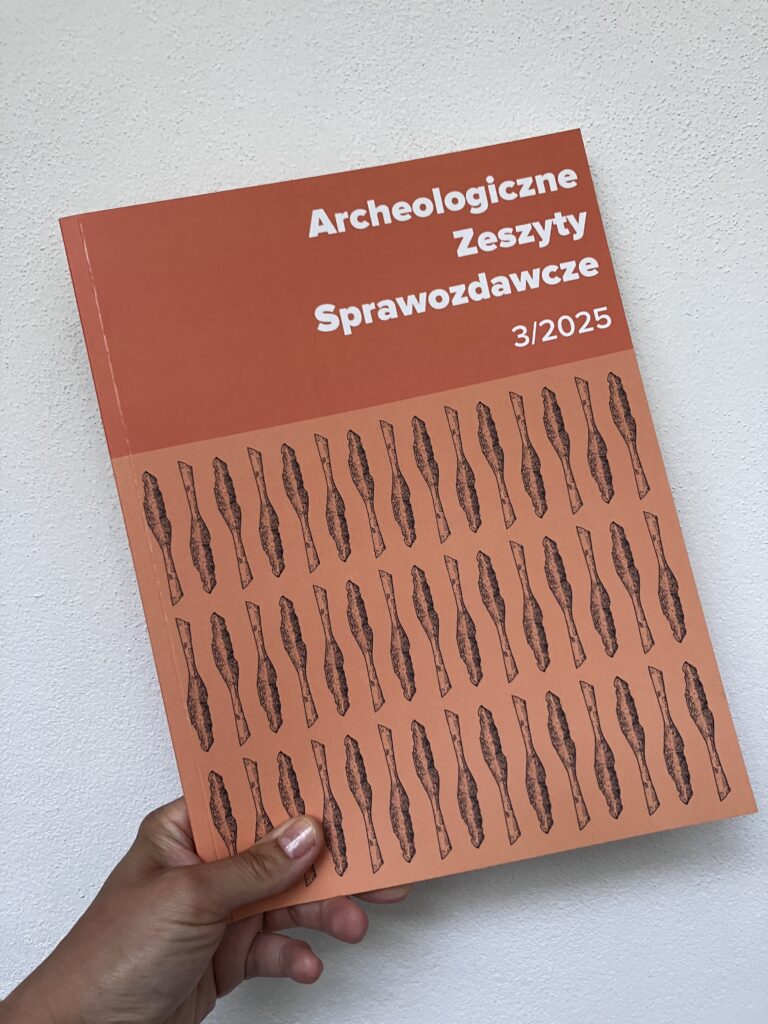
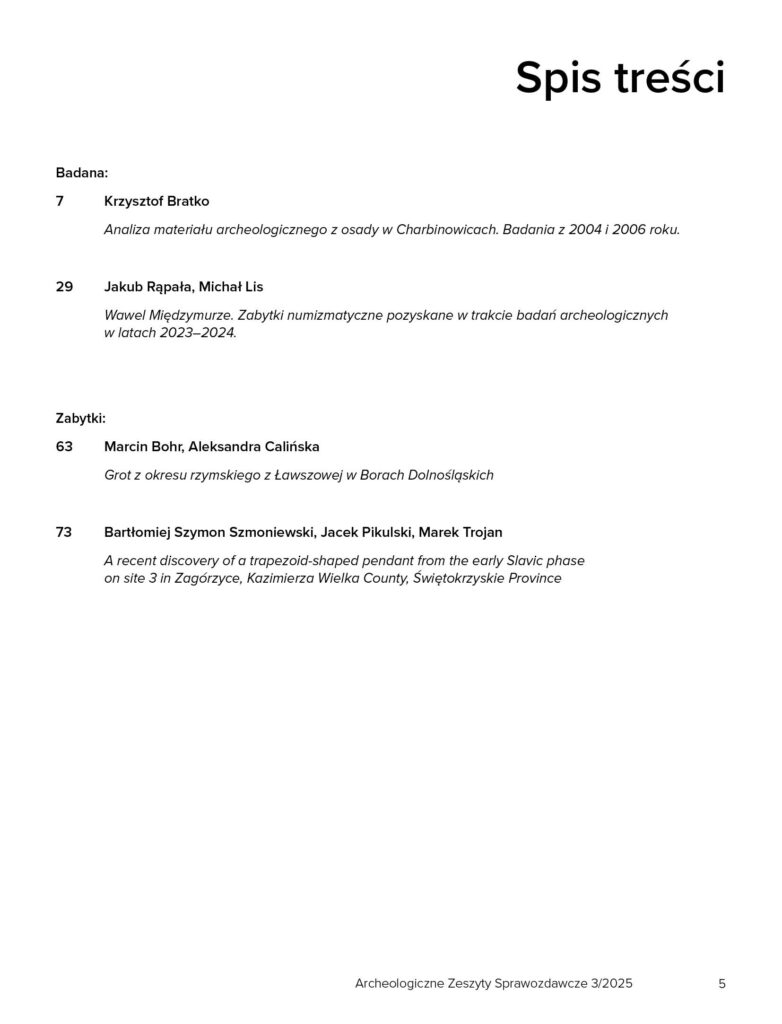
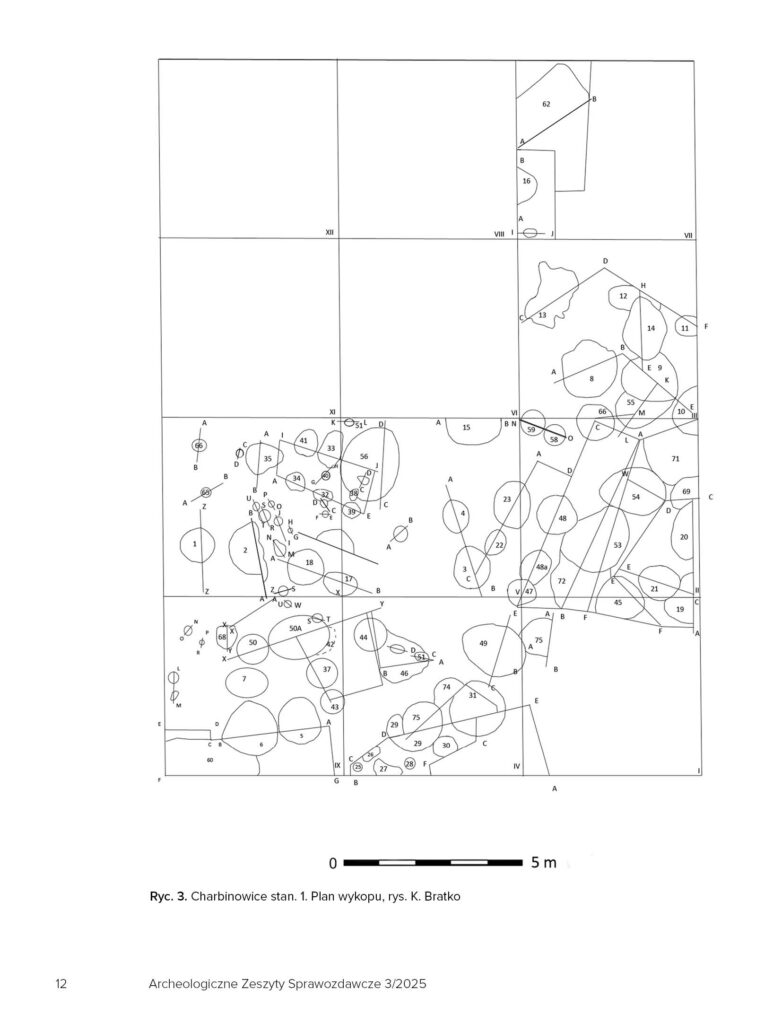
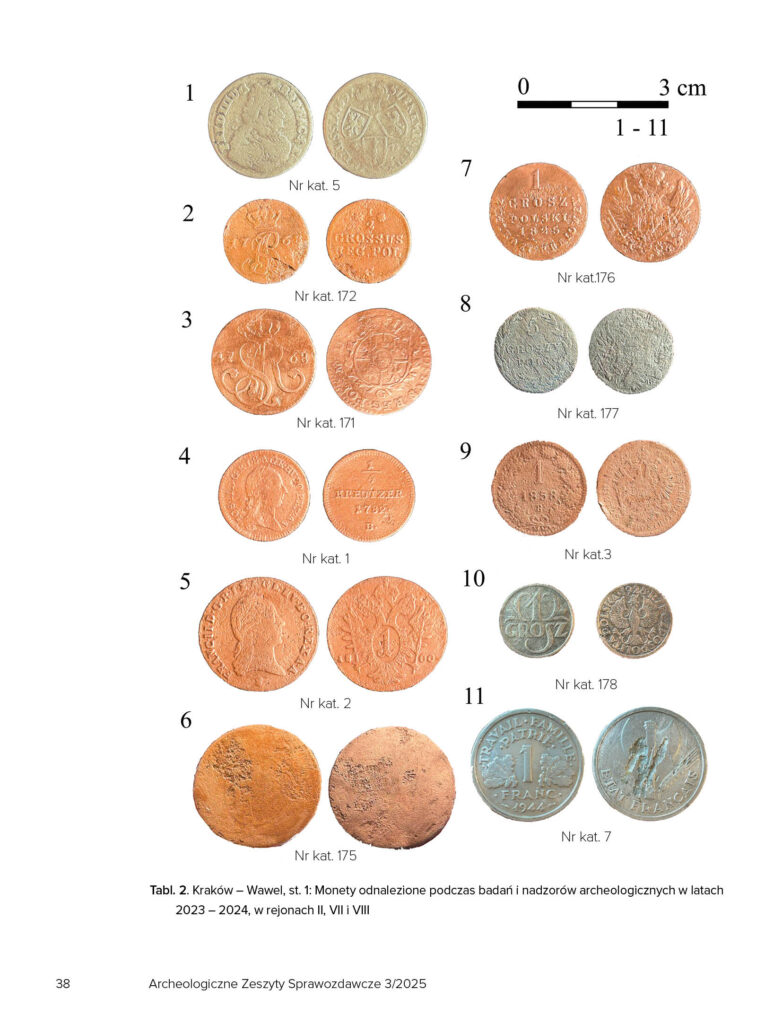
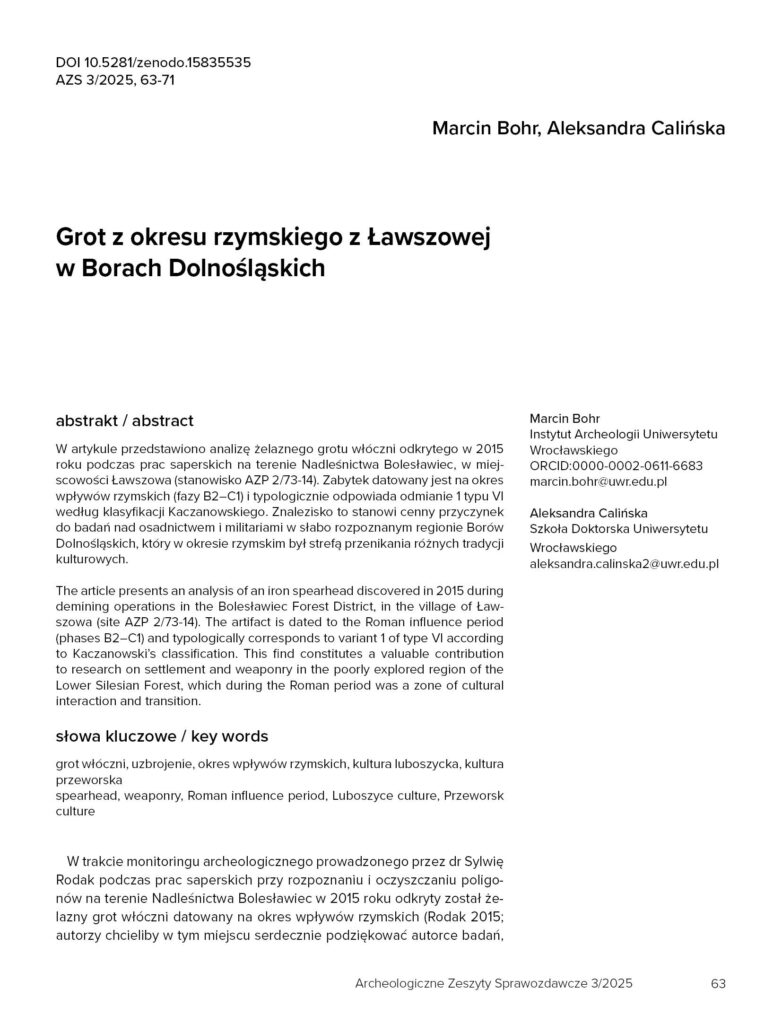
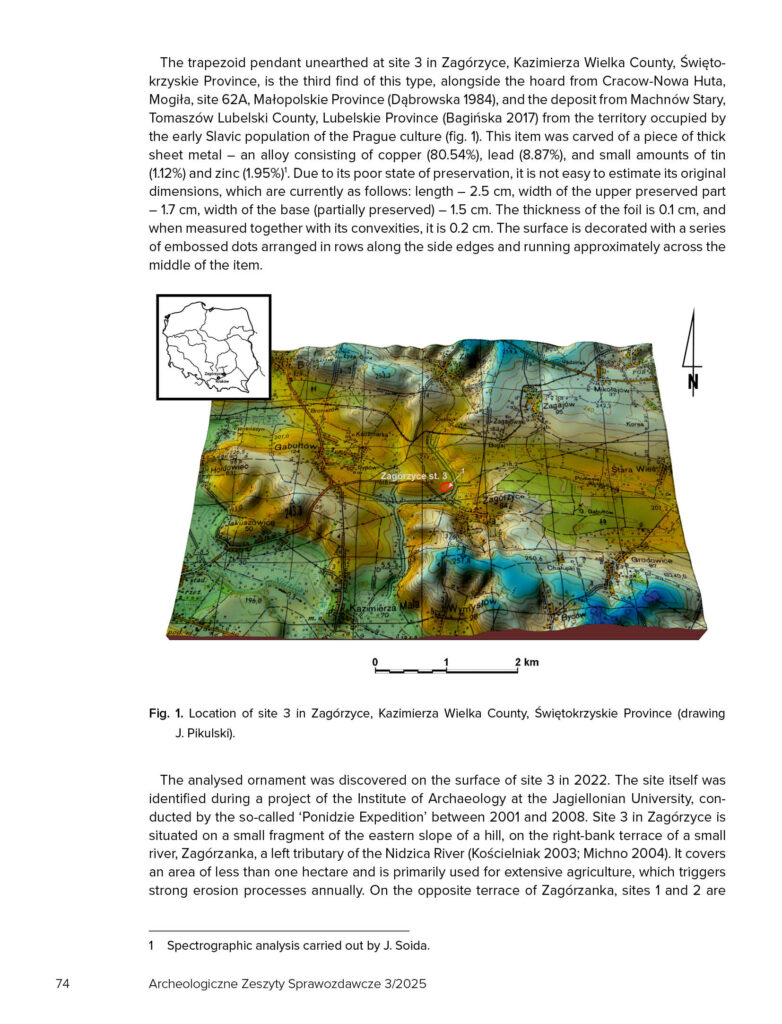
POPRZEDNI WPIS
NASTĘPNY WPIS
